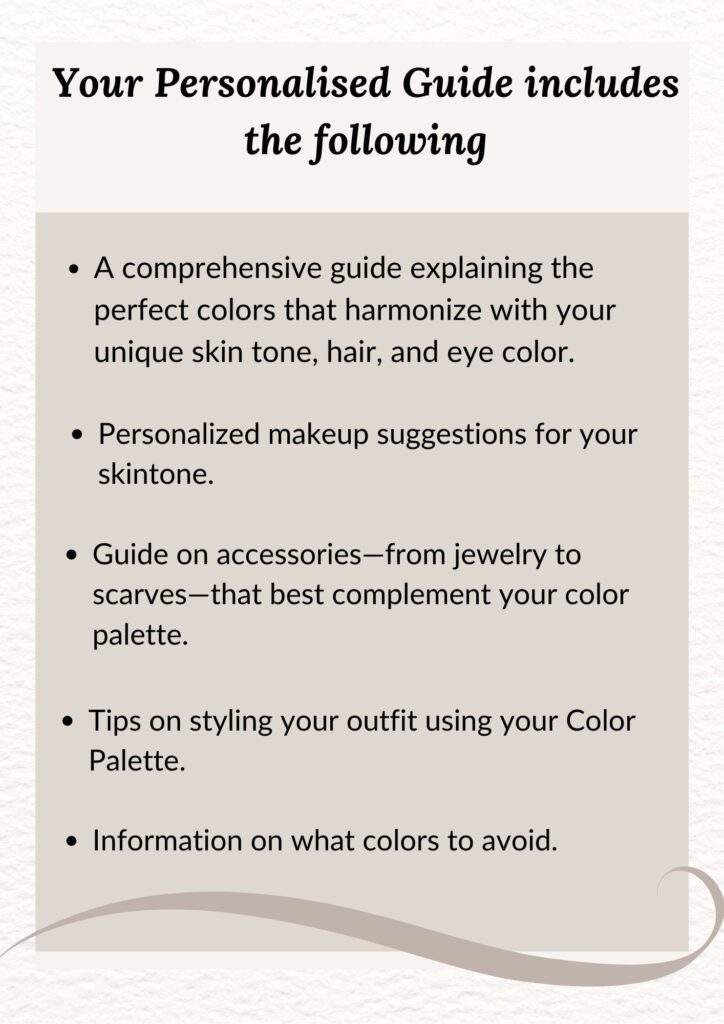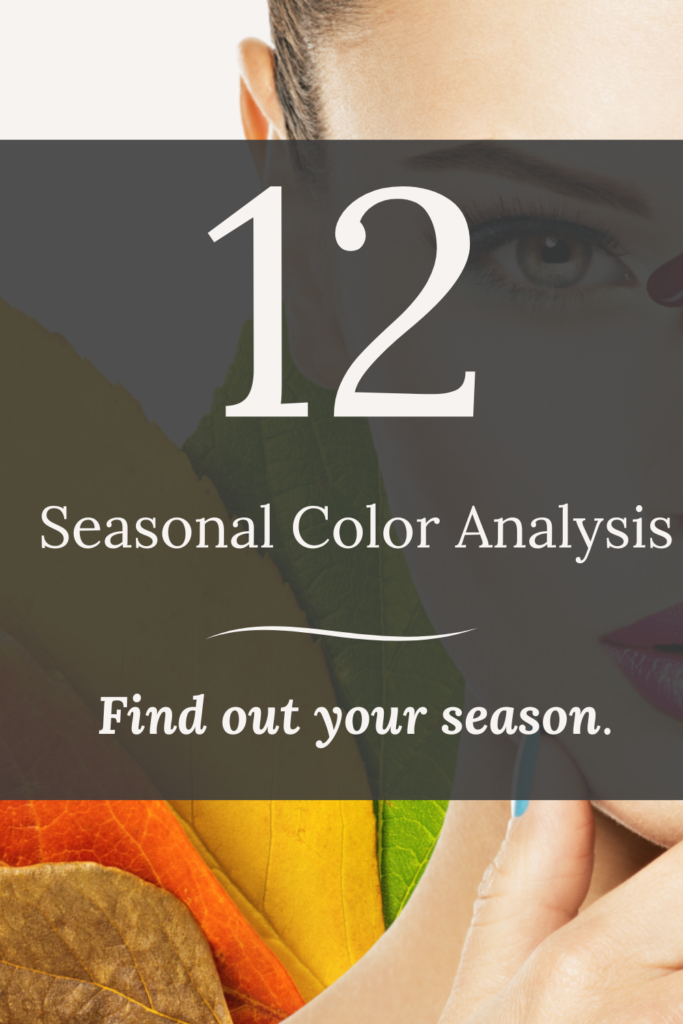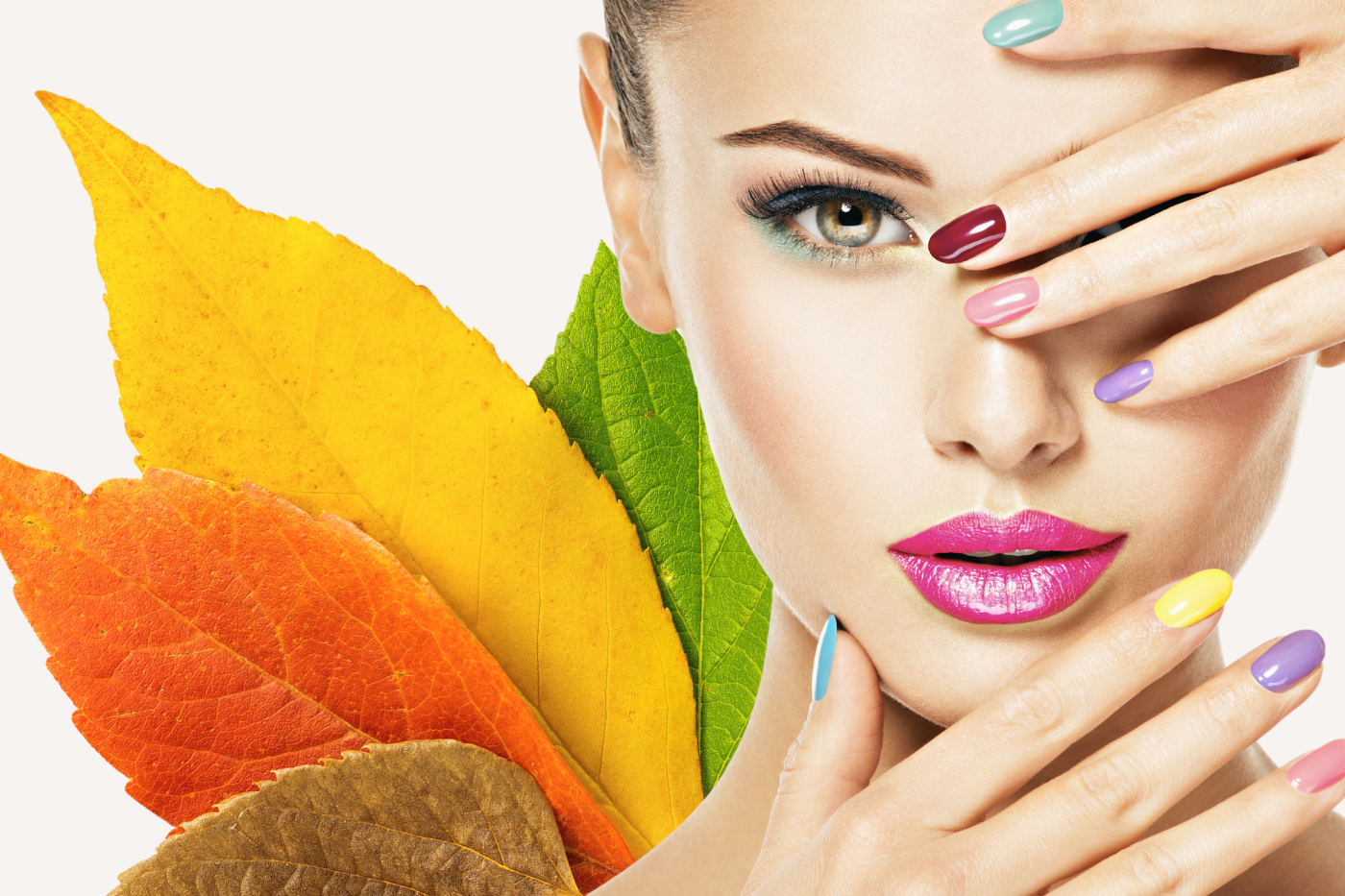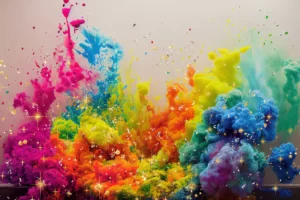Seasonal color analysis is not the analysis of color based on your body shapes.
Instead, it’s like finding your perfect palette of colors based on your natural features. It is a system that looks at your skin tone, eye color, and hair color to figure out which colors make you look your best.
It considers things like the undertones (the hue) and how light or dark your skin, hair, and eyes are (value) and how muted or bright you appear (chroma) to find the colors that suit you perfectly. It’s all about enhancing your natural beauty with the right colors!
Before we dive into the seasonal color analysis, I want to emphasize that you shouldn’t feel pressured to follow any guidelines here.
Ultimately what matters most is for you to be comfortable and confident in whatever colors and clothes you love to wear.
As you go through the different color palettes mentioned here based on the different seasonal color analysis, you may come across your season and the colors that can complement your skin tone.
Understanding your palette provides invaluable insight into what complements your skin tone and aids in selecting the most flattering colors for your wardrobe, makeup, and accessories.
Remember nothing can take the place of wearing something that resonates with you and gives you confidence at the same time. Trust yourself and put on what pleases you the most.
Well, this post is aimed only to give you an idea of how seasonal color analysis works based on your natural skin tone, hair and eyes.
To understand this, let us first understand few basics on color. I have written a post about color theory and how color wheel has been used as a reference by artists and designers in their work. If you are interested please click here.
Now let us dive into understanding the Seasonal Color Analysis and how it can help us to understand our personal color palette.
Seasonal color Analysis
Nature is bestowed with beautiful colors that change with seasons. Seasonal color analysis relies on categorizing individuals into specific color palettes associated with each season.
Identifying your season, guides you in selecting the right clothing and makeup shades that complement your complexion and enhances your overall appearance.
Now, Let us understand what are the 4 seasonal colors and how are they analyzed.
Seasonal colors are based on the 4 seasons which are characterized into 2 Cool seasons- Winter and Summer, and 2 Warm seasons- Spring and Autumn.
Winter
Winter individuals typically have cool undertones in their skin, which looks olive, or with hints of blue. Their skin often provides a striking contrast to their hair and eyes, which may be dark and intense. Their hair is of deep brown, black, or cool blonde and may exhibit high contrast between their hair and skin.
They usually have an ash tone and may find red highlights. Their eyes are black- brown, green, hazel, gray -blue, gray-green, or dark blue reflecting the cool tones prevalent in the Winter palette.
You may also see a strong contrast between their eye color and the whites of their eyes.
Summer
Individuals with summer cool undertones typically have fair to medium skin tones with a hint of pink or blue undertones.
Hair colors that complement summer cool undertones include ashy blondes, cool browns, and soft, muted tones. Eyes of summer individuals are cool blues and grays to soft greens and hazels with blue or gray undertones.
These eye colors complement the cool tones present in their skin and hair.
Spring
Individuals with spring warm undertones often have fair to medium skin tones and has hair colors that complement spring warm undertones include golden blonde, honey brown, and warm chestnut.
Their eye colors are warm browns and hazels to soft greens with golden or amber undertones.
Autumn
Autumn skin tones range from medium to deep skin tones with rich, golden undertones. Their skin may have a warm glow that deepens to a golden tan with exposure to sunlight.
Their hair is of warm shades such as chestnut brown, auburn, and deep copper.
Their eye colors are warm browns and hazels to deep greens with golden or amber undertones. These eye colors complement the warm tones present in their skin and hair.
Now then , why didn’t 4 seasons color analysis work for all?
In order to help you understand why the 4 seasons color analysis did not work for all , we need to first know the basics of about color theory.
Color theory
There are 3 main components of color that differentiates and categorizes each color.
Hue: Hue refers to the basic color family or category that a color belongs to. It represents the purest form of a color without any variations in shade, tint, or tone. Your hue can either be cool or warm.
Value: Value refers to the lightness or darkness of colors within a specific palette.It also influences the level of contrast between colors and the individual’s natural features.
High-contrast individuals have noticeable differences between the lightness and darkness of their hair, skin, and eyes, while low-contrast individuals have more subtle variations.
Chroma : Chroma refers to how a color is saturated, or how bright (clear) or muted it is. Colors with high chroma are intense and bright, while colors with low chroma are muted or toned down.
In other words when more grey pigments are found in a color , it tends to be muted down. Lesser the grey pigments more brighter and vibrant the color will be.
Clear, bright colors that have high chroma and are often associated with certain seasonal types, such as Spring or Winter. Soft, muted colors have lower chroma are associated with Summer or Autumn.
In Carole Jackson’s successful book ‘Color me beautiful’ in the 1980s, the analysis was based on just two factors:
- Undertone or temperature of your skin:cool or warm
- Value: How light or dark you are
Even though the book gained so much popularity, it did not help many in understanding their season as the main aspect of “chroma” was missing in analyzing their seasonal color.
Why is chroma so important in analyzing your seasonal color?
Chroma, also known as color intensity, is one of the three dimensions of color along with hue and value.
In seasonal color analysis, high chroma colors are characterized by their richness and depth, adding vibrancy and energy to an individual’s overall appearance.
Low chroma in seasonal color analysis refers to colors that are muted, softened, or less intense in their saturation.Low chroma colors are subtle, subdued and harmonious color palette.
12 Season Color Analysis
Seasonal color analysis is broken up into three main factors:
- Hue
- Value
- Chroma

By incorporating the third color dimension of chroma, this model allows to recognize that seasons can overlap or transition into each other which is termed as flow theory.
Let’s explore the twelve color seasons and how they offer a more comprehensive understanding of personal coloring.
In the graphic below, you will notice that the original four seasons have been divided into three sub-seasons each.
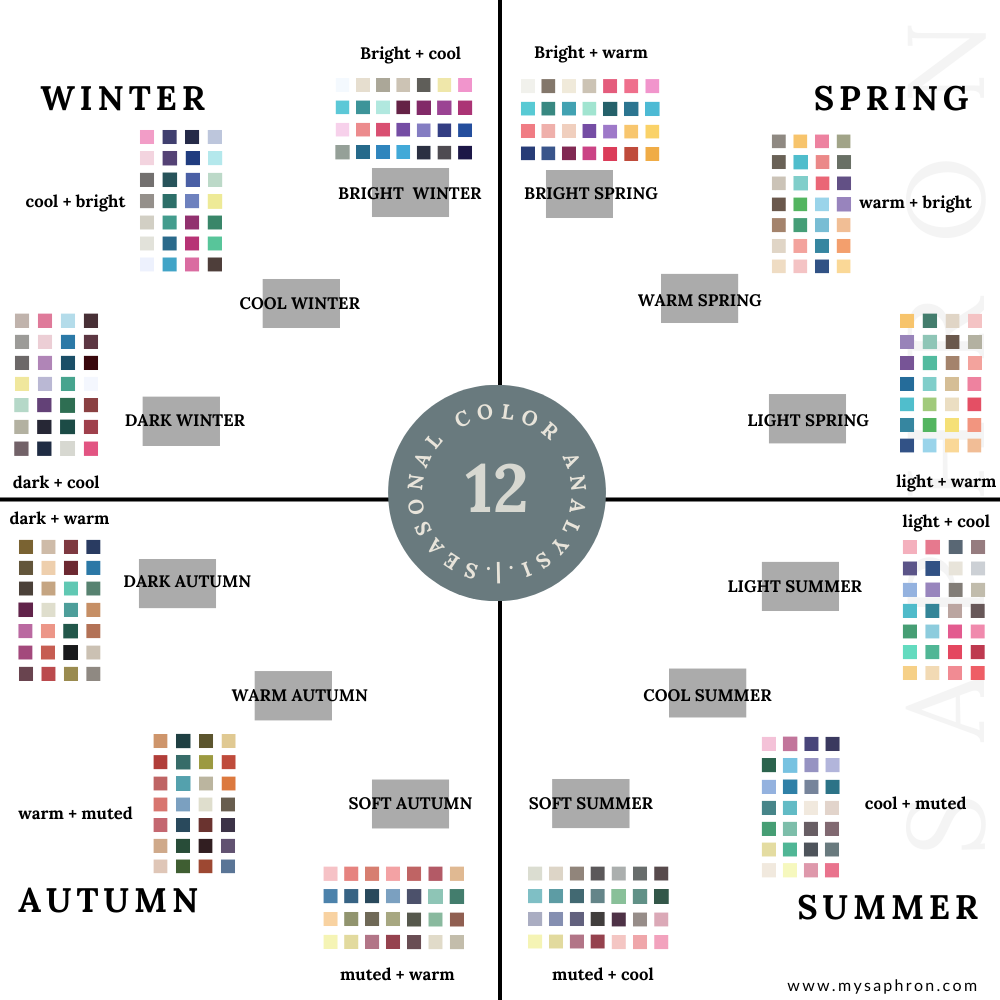
Example- Winter season is divided into Bright Winter, Dark Winter, and Cool Winter. Even though all the three fall under the winter family. All three palettes lean towards cool tones, but Cool Winter stands out as the coolest among them. This season’s primary color aspect is ‘cool.’ Bright Winter has a more vivid and crisp colors, while Dark Winter holds depth and intensity.
4 seasons and their sub-seasons:
Winter Palette
Winter has a color scheme of harsh contrasts and an icy beauty. In Winter seasonal color analysis, individuals typically exhibit cool undertones in their skin and their skin often has a porcelain-like quality and may have a tendency to burn easily in the sun. Hair colors within the Winter palette include jet black, cool brown, or ash blonde, with cool undertones that add depth and contrast. Eye colors for Winter individuals are often deep and intense, ranging from dark brown and black to icy blues or cool greens.
Bright Winter

If you are a Bright Winter, you most likely have the following characteristics:
- Skin: Bright winters have clear, cool undertones and the skin tones range from fair to deep.
- Eyes: Bright Winters have cool undertones with colours that range from blue to dark brown and black.
- Hair: Bright winter has dark hair that range from medium to black with blue or ash undertones.
- Contrast: Bright Winter has the highest contrast between skin, hair and eyes and you may see a visible difference in the contrast between the features.
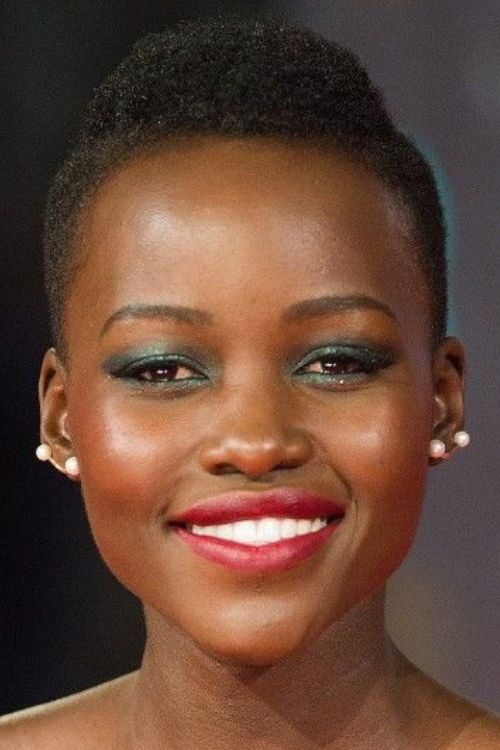

Dark Winter
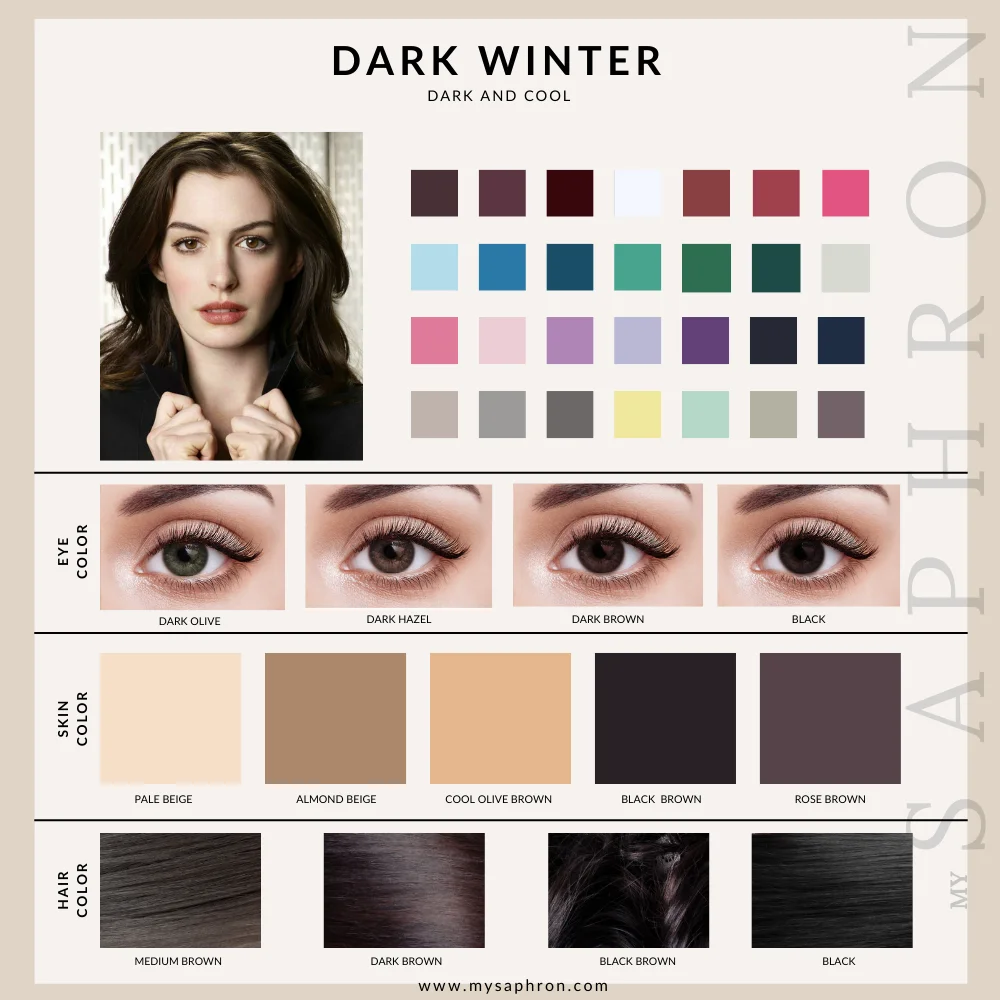
If you are a Dark Winter, you most likely have the following characteristics:
- Skin: Dark winter skin is either neutral, or neutral-cool with deep, cool undertones with a hint of olive richness.
- Eyes: Dark Winter eyes are dark with deep browns or icy blues.
- Hair: Dark Winter hair is dark, ranging from shades of medium brown over dark brown to black.
- Contrast: Dark Winter is a season of high contrast between hair, eyes and skin.
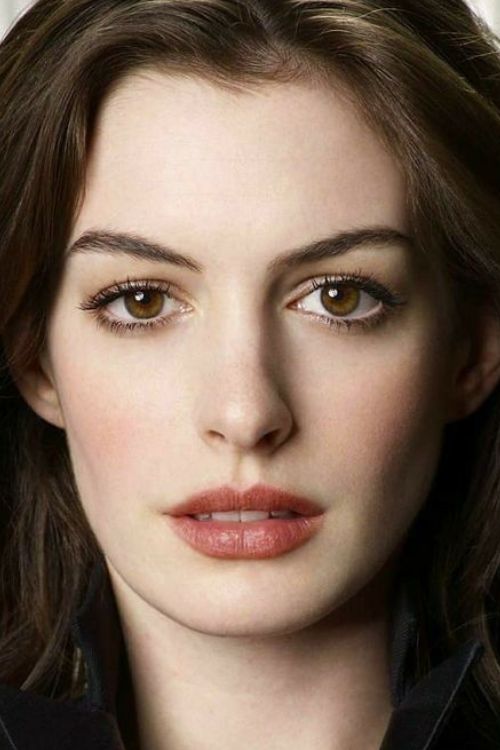
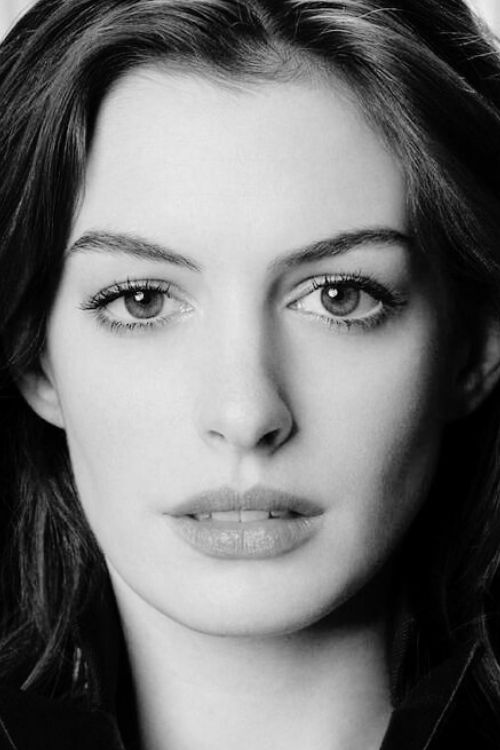
True Winter

If you are a True Winter, you most likely have the following characteristics:
- Hair: True winter hair is dark ranging from dark ash brown to black with no natural highlights, and the hair is either neutral or ashy.
- Skin: True Winter skin has clear cool, blue undertones.
- Eyes: True Winter eyes come in a variety of shades with light brown, blue, or gray are cool with blue undertones.
- Contrast: True Winter has a strong contrast between the skin, hair and the eyes.
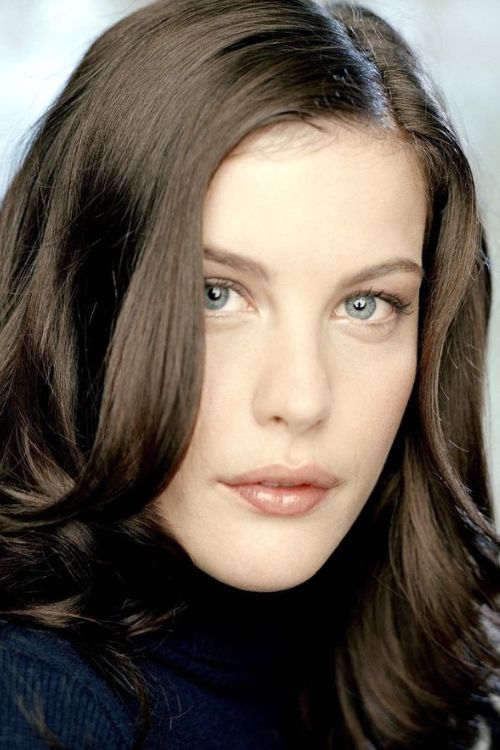
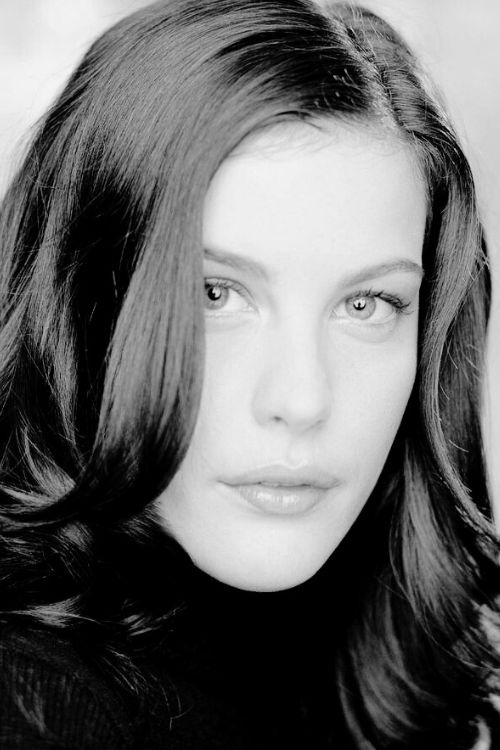
Spring Palette
Spring bursts with warm, vivid colors ,vibrant energy, blooming flowers and new beginnings. In Spring seasonal color analysis, individuals typically possess warm undertones in their skin, ranging from fair to medium with hints of peach or golden undertones. Their skin often has a warm glow and may tan easily. Hair colors within the Spring palette include golden blonde, honey brown, or strawberry blonde, with warm undertones. Eye colors for Spring individuals range from warm blues and greens to light hazels or golden browns and their hair is seen in rich copper tones or golden blonde.
Light Spring
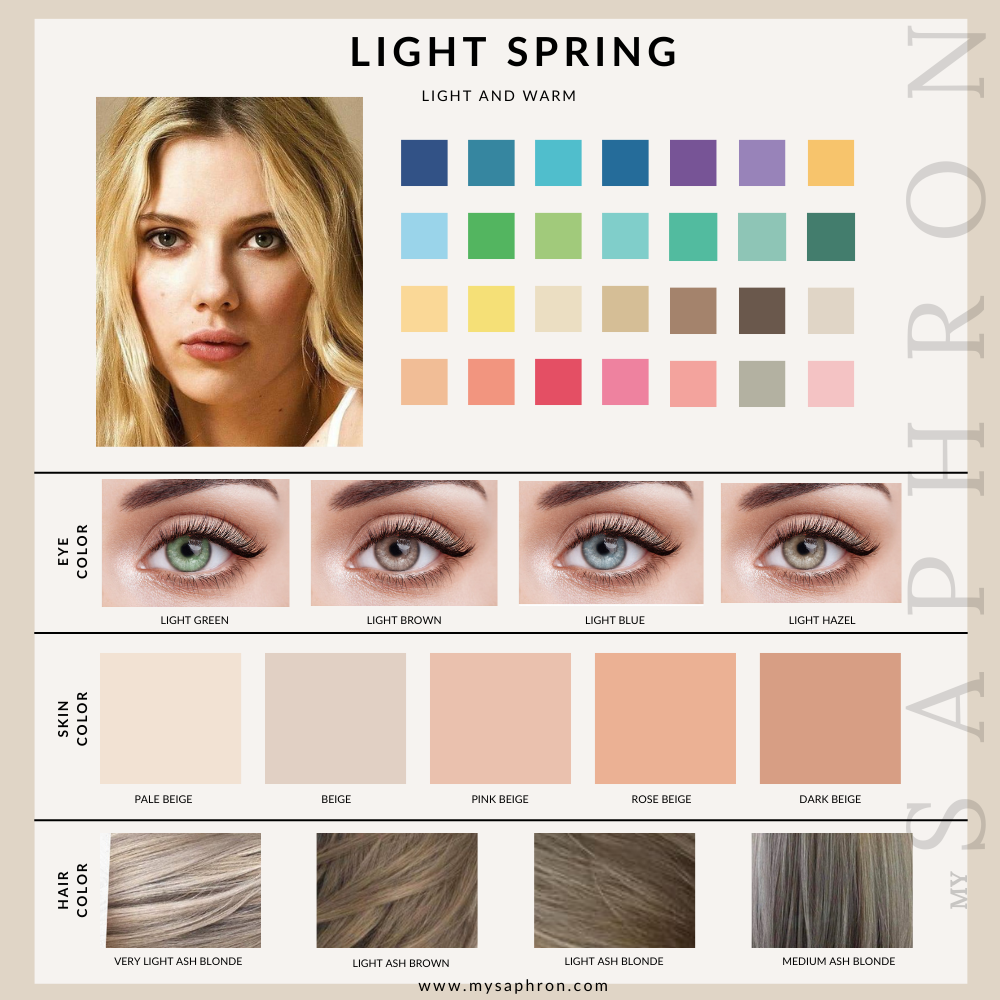
If you are a Light Spring, you most likely have the following characteristics:
- Skin: Light Spring skin is either neutral or has neutral-warm undertones which means the skin tone may range from fair to medium.
- Eyes: Light Spring eyes come in soft light blue, green, hazel, and light brown that are bright and have warm undertones.
- Hair: The hair has warm, golden undertones or highlights and range from light to medium shades of blonde and light golden brown.
- Contrast:Light Spring is a colour season with very low contrast between skin, hair and eyes. There is no noticeable contrast seen between the features. They are extremely subtle and there is no darkness anywhere.
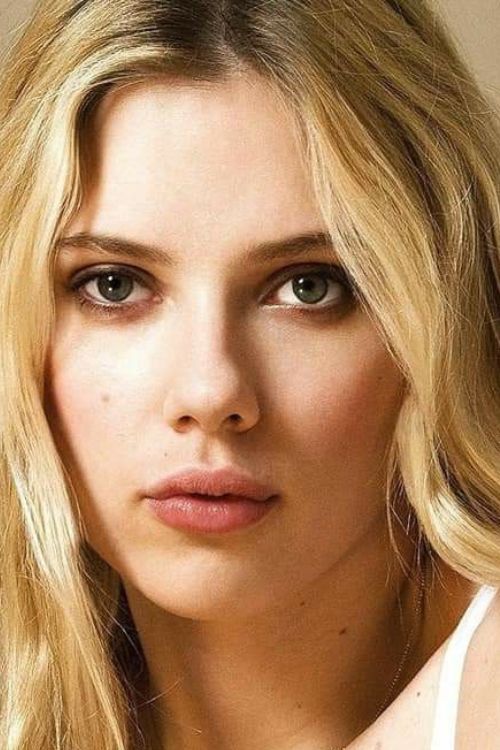
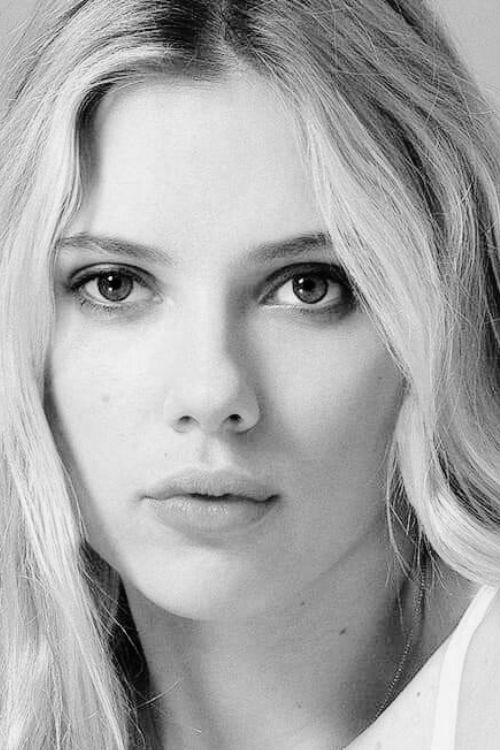
True Spring

If you are a True Spring, you most likely have the following characteristics:
- Skin: Warm undertones with a hint of golden radiance. Skin tones range from fair to dark and may also have freckles.
- Eyes: True spring eyes have shades of warm turquoise or warm hazel,that has both brightness and warmth.
- Hair: Shades of golden blonde or light caramel.
- Contrast:True Spring is a season where the skin, hair and eyes do have contrast between each other. However, they are not very dark. It is usually seen from light to medium.
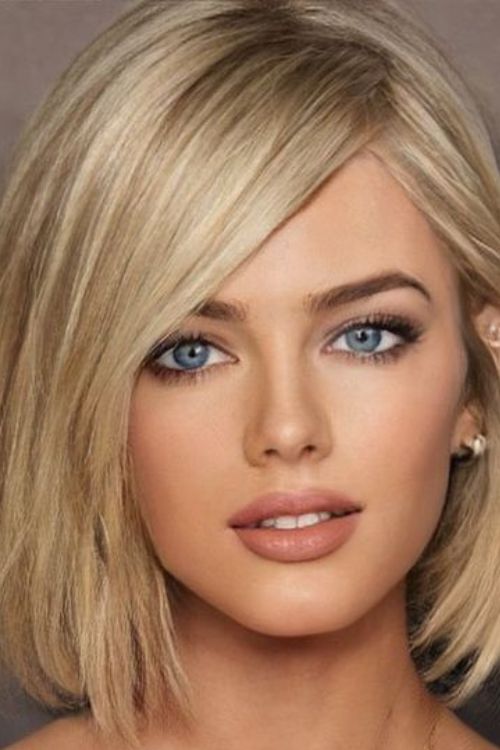

Bright Spring
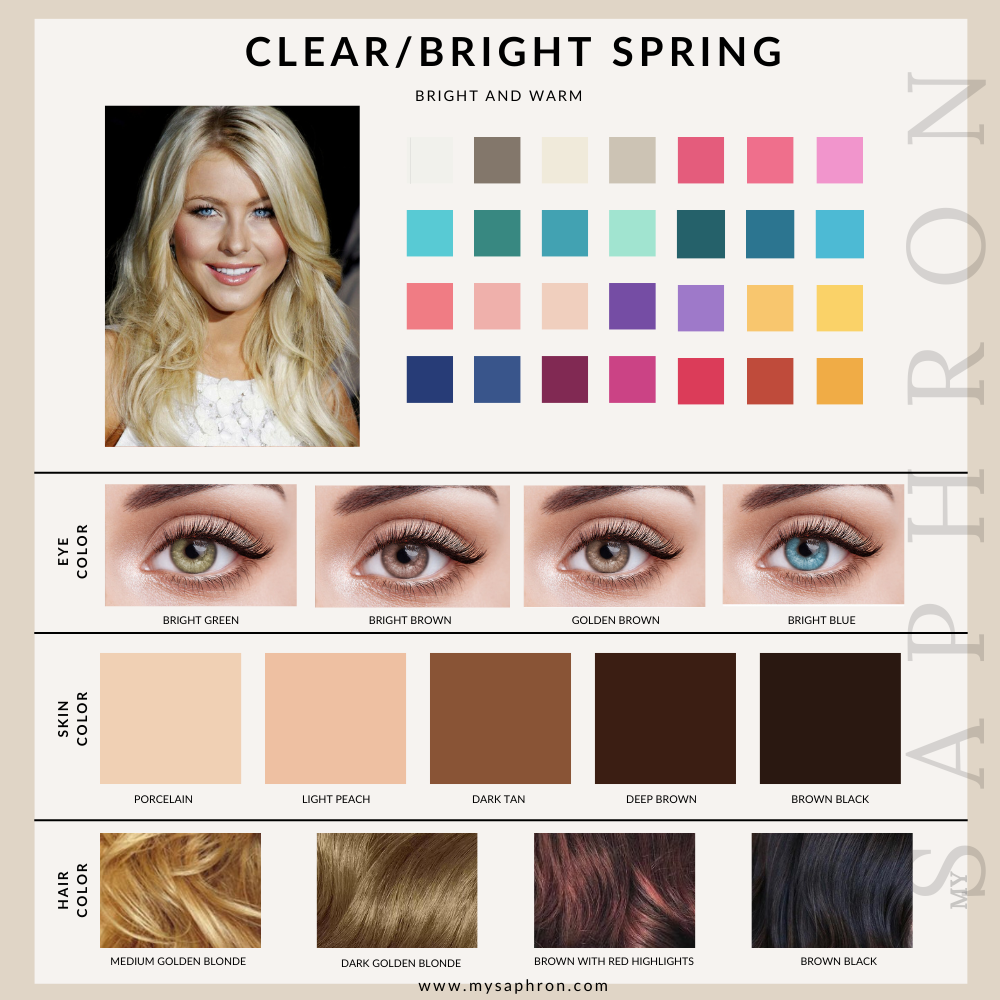
If you are a Bright Spring, you most likely have the following characteristics:
- Skin: Bright spring has warm undertone with skin tone that range from fair to tan.
- Eyes:Bright spring eyes are generally bright and clear with warm undertones that are found in shades of bright blue, bright brown or vibrant green.
- Hair: Shades of golden blonde that ranges from medium to dark golden blonde, auburn and medium brown with highlights are quite common.
- Contrast: The contrast levels between the skin, hair and eyes of bright springs are the highest as this is a bright season and brightness creates contrast. When you observe a person who is a bright spring , you’ll notice distinct separation among their features; they don’t blend into each other but stand out distinctly.
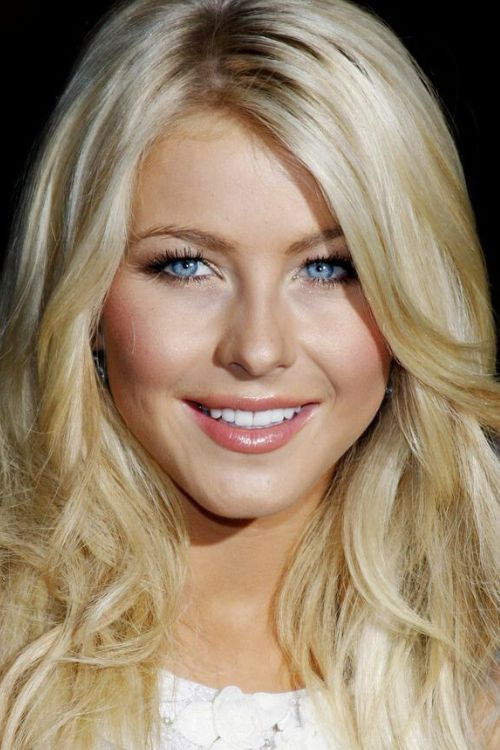
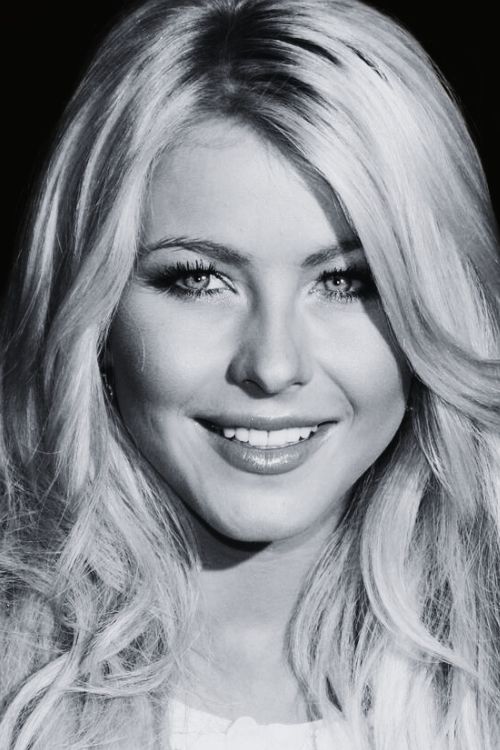
Summer Palette
Summer embodies tranquility and serenity, and has a beautiful palette inspired by the soft hues of a serene sunset and gentle ocean waves. In Summer seasonal color analysis, individuals typically possess cool undertones in their skin and hair colors within the Summer palette include ashy blonde, cool brown, or soft black, often with subtle cool undertones that impart a muted and natural appearance. Eye colors for Summer individuals range from soft blues and greens to cool grays or hazels.
Light Summer

If you are a Light Summer, you most likely have the following characteristics:
- Skin: Light summer has neutral or neutral-cool undertones with a hint of soft pink or beige undertones with skin tone that ranges from fair to medium.
- Eyes:Light Summer eyes can be shades of soft blue, green or gray. There are light and generally have a cool, greyish undertone.
- Hair: Light summers have shades of ash blonde or cool taupe and does not have natural highlights.
- Contrast: Light Summer is a colour season with very low contrast between skin, hair and eyes. There is no noticeable contrast seen between the features. They are extremely subtle and there is no darkness anywhere.
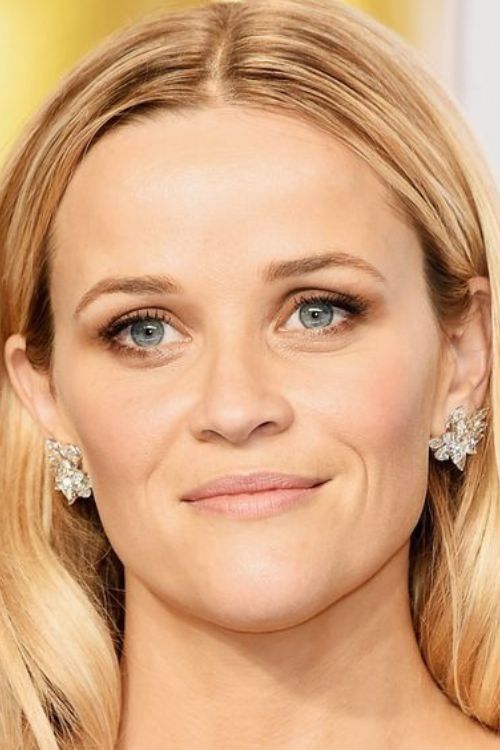
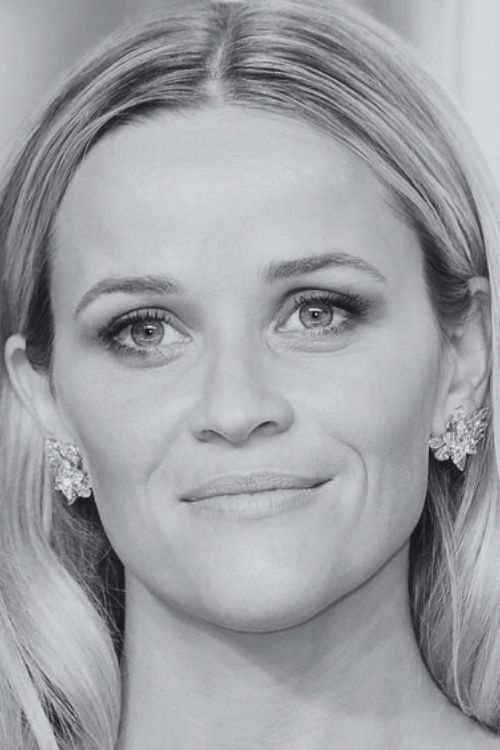
True Summer
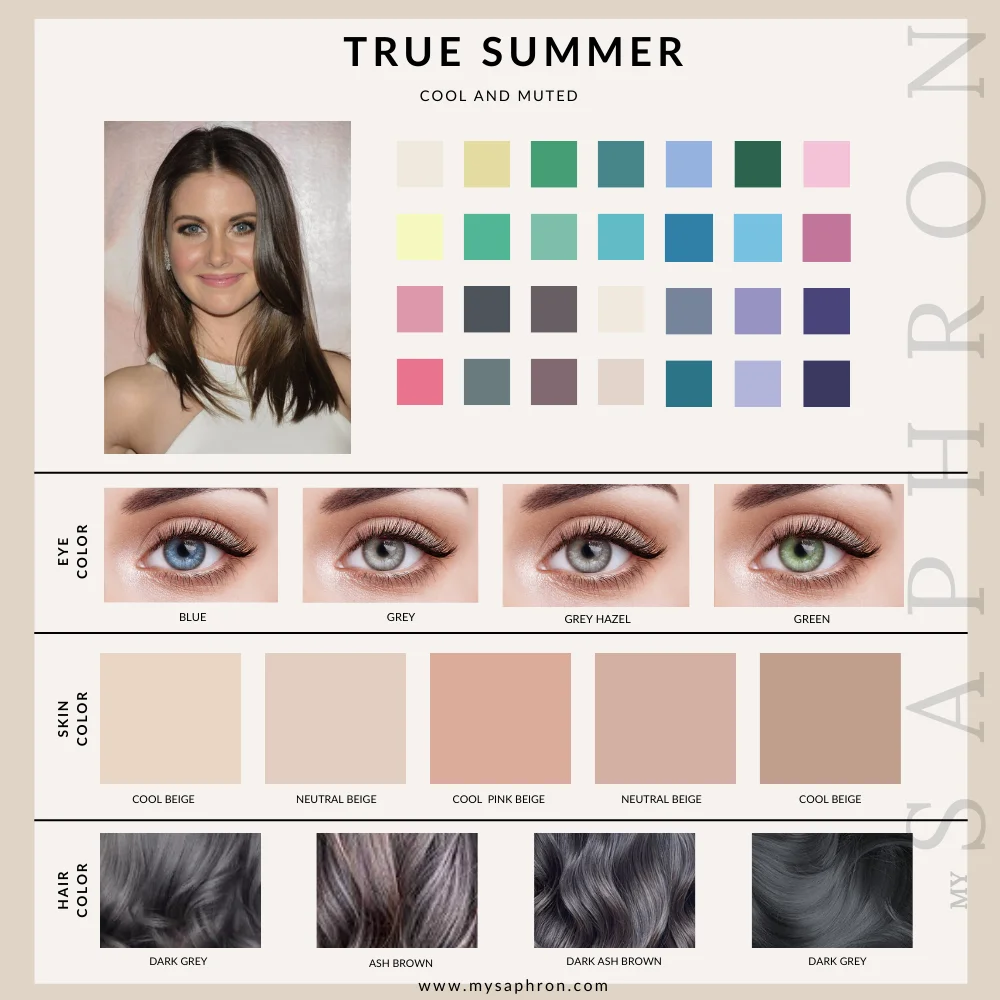
If you are a True Summer, you most likely have the following characteristics:
- Skin: True summer has cool undertones with a hint of soft blue or gray.It ranges from fair to tan.
- Eyes: True Summer eyes have shades of soft gray or muted blue.
- Hair: True summer hair has shades of light brown, medium brown to dark brown or soft ash blonde.
- Contrast: True summer has light skin and darker hair with medium contrast between them.
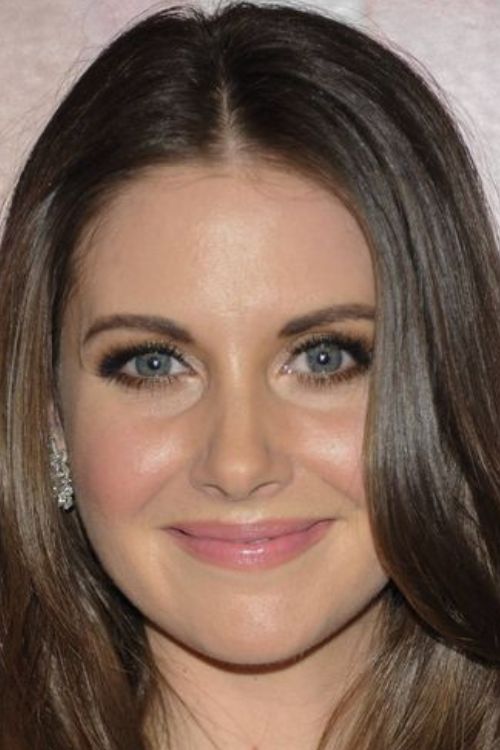
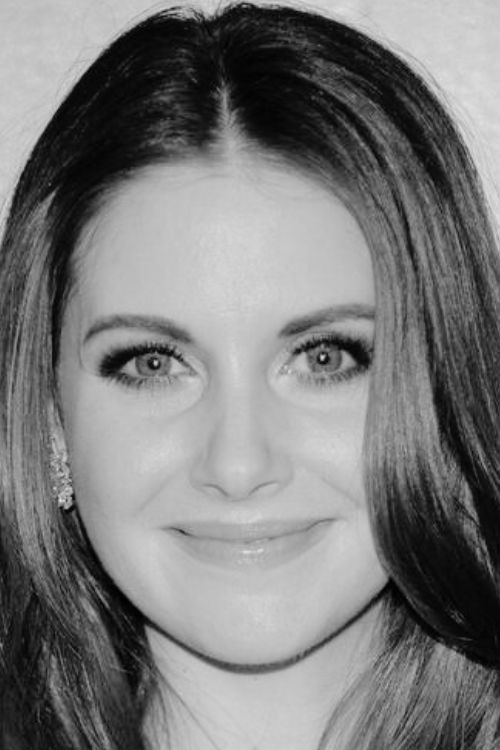
Soft Summer

If you are a Soft Summer, you most likely have the following characteristics:
- Skin: Soft Summer skin has cool undertone with either neutral, olive or neutral-cool with ashy undertones with skin tones that range from fair to tan that are muted rather than vibrant.
- Eyes: Soft Summer eyes have shades of grey, grey blue, grey green or grey hazel.
- Hair: Soft Summer hair is always muted with shades of light brown or ash blonde.
- Contrast: The contrast between the features is low to medium.
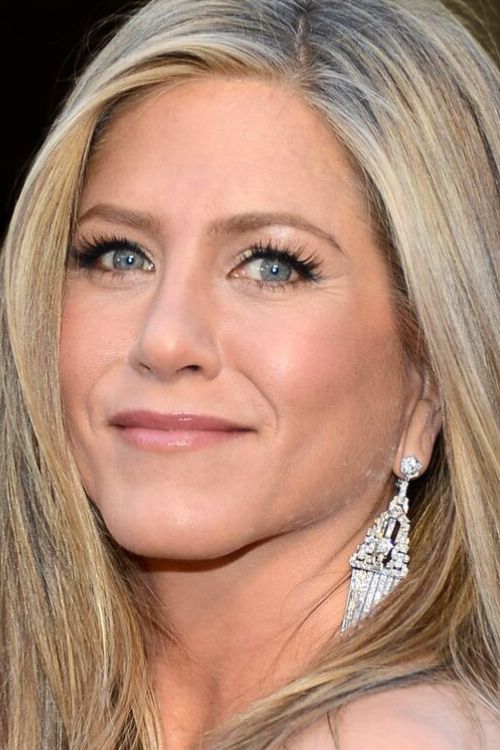
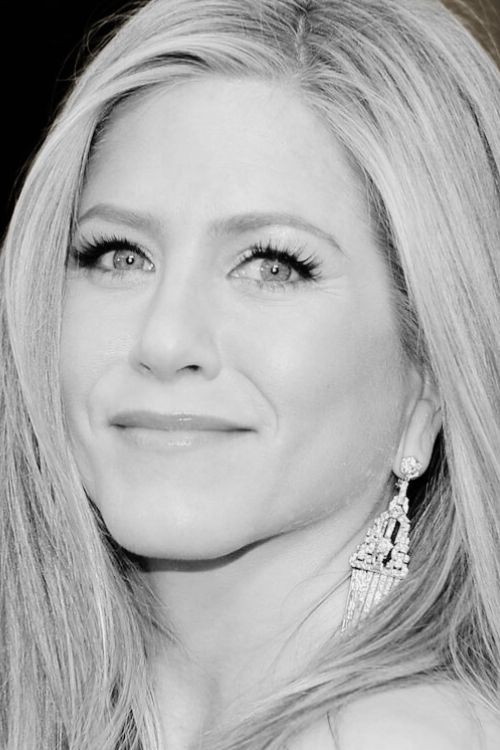
Autumn Palette
In Autumn seasonal color analysis, individuals typically exhibit warm undertones in their skin, which ranges from fair to deep with hints of peach, golden, or olive undertones. Hair colors within the Autumn palette include golden blonde, caramel brown, or rich auburn, with warm undertones that exude richness and depth. Eye colors for Autumn individuals range from warm browns and hazels to deep greens or golden yellows, reflecting the earthy and vibrant tones associated with the Autumn season.
Soft Autumn

If you are a Soft Autumn, you most likely have the following characteristics:
- Skin: The skin tone range from fair to tan and is either neutral or neutral-warm undertone.
- Eyes: Soft Autumn eyes can be slightly muted and warm with soft green, light hazel or light brown.
- Hair: Soft Autumn hair ranges have shades of honey blonde to caramel to medium golden brown.
- Contrast: The contrast level between the features is low to medium.
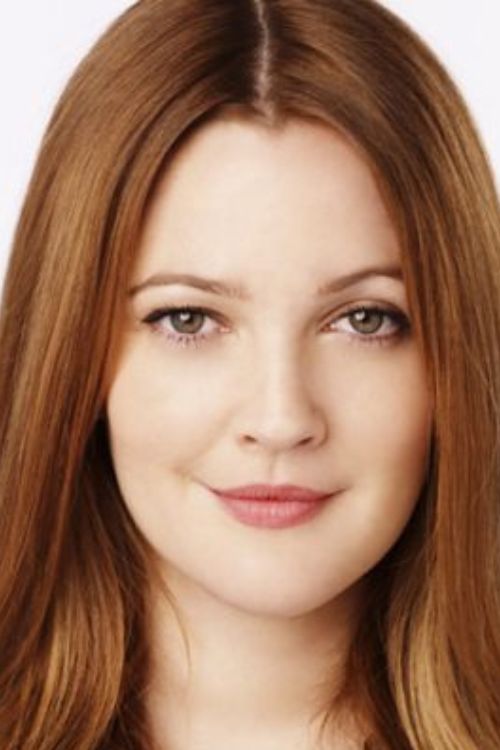

True Autumn

If you are a True Autumn, you most likely have the following characteristics:
- Skin: True Autumn skin has warm undertones with a hint of golden richness.
- Eyes: True Autumn eyes are rich and warm with warm brown, green or amber.
- Hair: True Autumn hair comes in a variety of shades of golden brown to chestnut brown or copper.
- Contrast:There is a medium contrast level between skin, hair and eyes for True Autumn. Even though there are darkness seen the contrast is not strong.
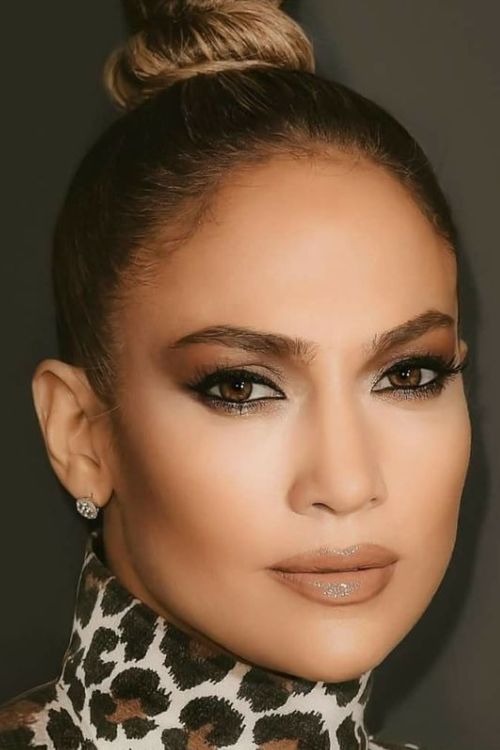

Deep Autumn
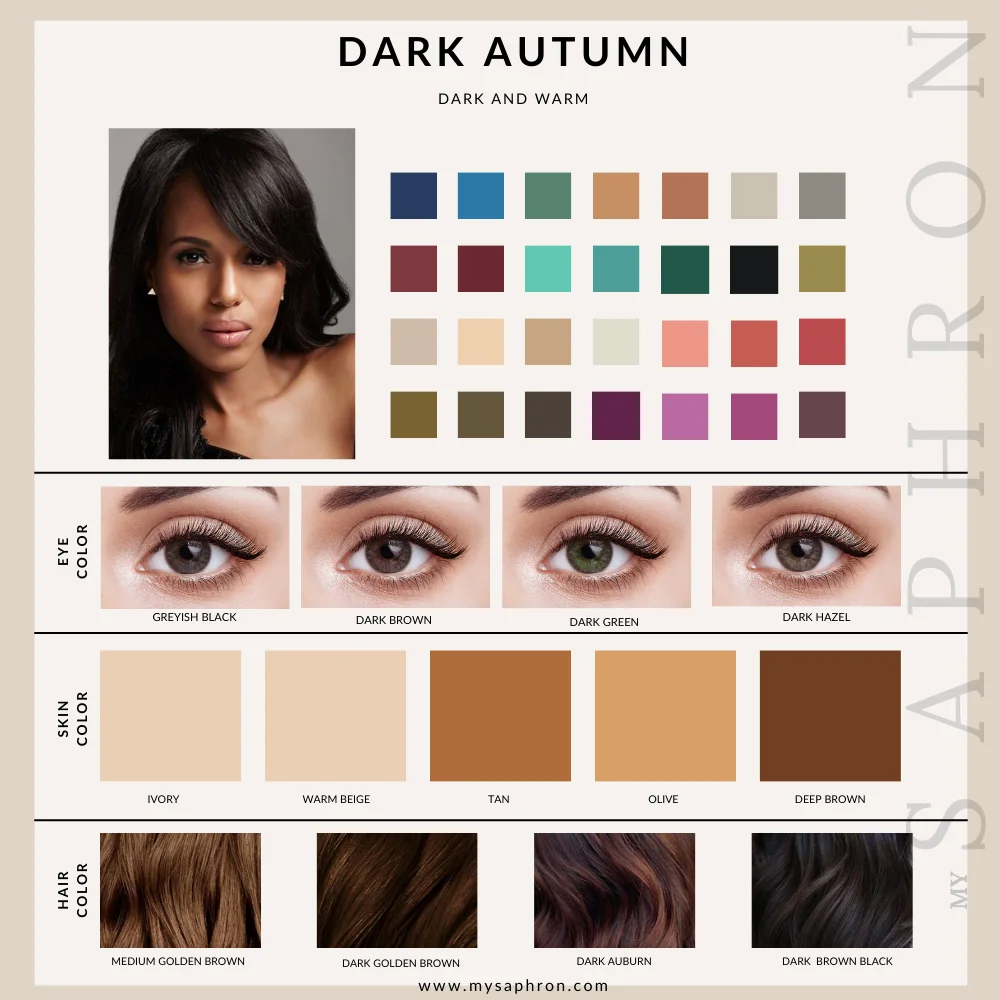
If you are a Dark Autumn, you most likely have the following characteristics:
- Skin: Dark Autumn skin undertones are golden or bronze and comes in a variety of shades ranging from light to dark.
- Eyes: Dark Autumn eyes have shades of dark blue, dark green, dark brown, deep brown or warm hazel.
- Hair: Dark Autumn hair has rich and warm shades of medium to dark golden brown, dark auburn, dark brown or black-brown.
- Contrast: Dark Autumn is a season of high contrast between hair, eyes and skin.
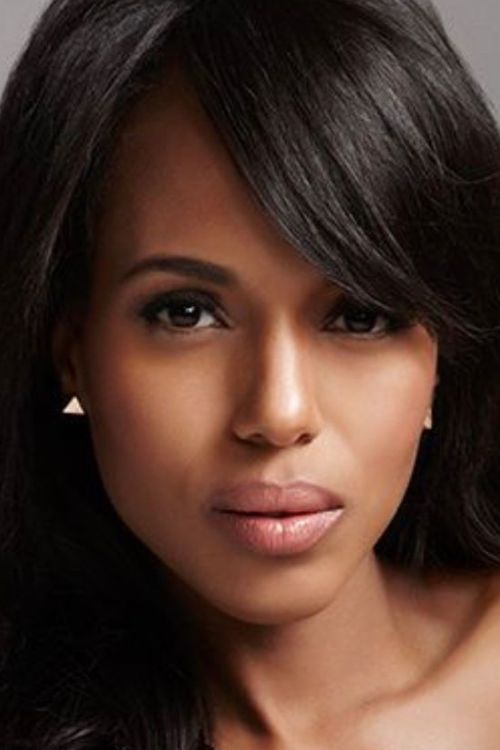

In conclusion, seasonal color analysis provides a valuable guide in understanding which colors complement you and provides a framework for selecting the right clothing, makeup, and accessories that enhance your appearance.
However, it’s important to remember that seasonal color analysis is intended to be a tool rather than a strict rule.
Each of us are unique, and what matters most is feeling confident and comfortable in the colors you wear.
If you require a Seasonal Color Analysis Consultation , please contact us at support@mysaphron.com


